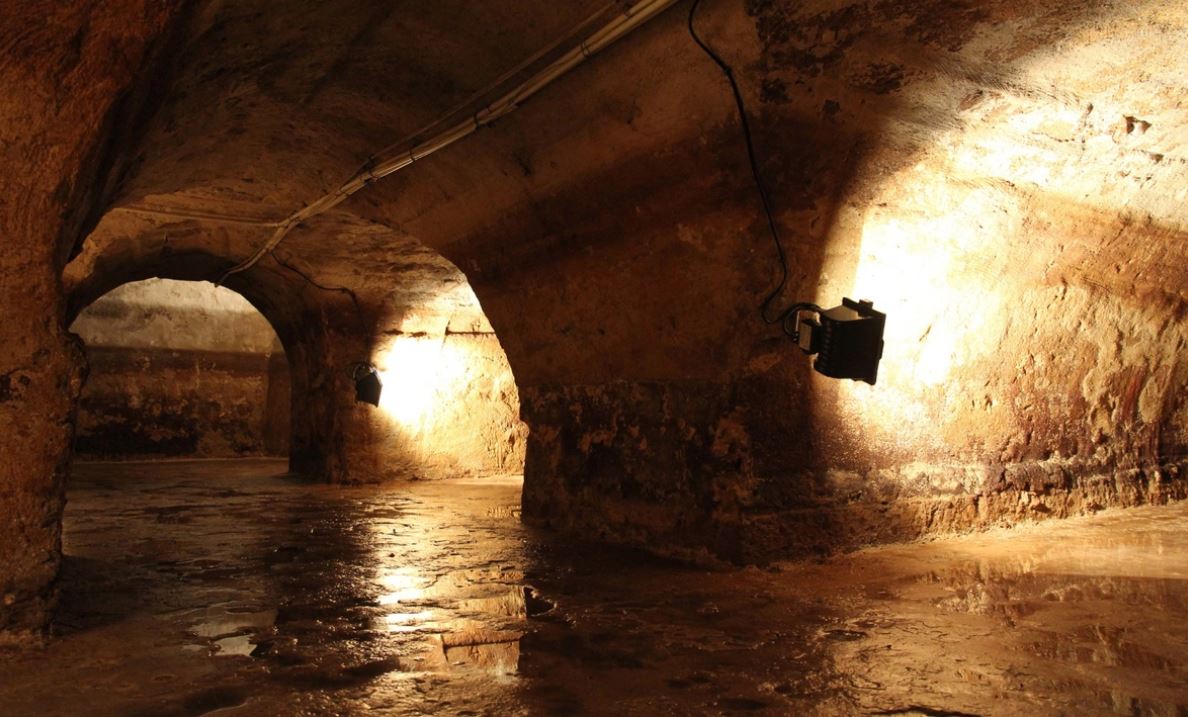Estremadura region -Lisbon
The most emblematic cities in this region are: Lisboa, Obidos, Peniche, Ourem - Fatima, Santarem, Setubal, Sintra.
Lisbon or Lisboa, the capital of Portugal, is the first stop on our journey through the Estremadura Region. Anyone who thinks that Lisbon has always been the capital of Portugal is wrong. Throughout almost 900 years of history, Portugal has had 5 cities designated as its capital. One of these was not even on the territory of today's Portugal, but in Brazil, in Rio de Janeiro. From October 5, 1143, when Portugal was founded, the country had 5 capitals, Lisbon being the third of them, winning the title only in 1255. Guimarães was the first capital of the country, followed by Coimbra. During the French invasions, the royal family moved to Brazil, where they chose the city of Rio de Janeiro to be the new capital of Portugal.

Lisbon is one of the oldest cities in the world, records suggest that it is the second oldest European capital after Athens and about four centuries older than Rome. Many historians believe that it was founded by the Phoenicians around 1200 BC.
In 1755, Lisbon suffered an earthquake that almost completely destroyed the city and, shortly after, a tsunami and a fire. The tragic event forever marked the history of the city. It was November 1, 1755, All Saints' Day, when at 9:40 the city shook strongly from an earthquake. According to records from that time, the earthquake lasted between three and six minutes, enough to cause terrible damage to the city. About 40 minutes after the event, a tsunami hit the port area and the city center.
Since it was a religious meeting, there were many lit candles that caused a fire that destroyed a large part of the city. Studies claim that approximately 85% of the city's buildings were damaged by the earthquake, tsunami and/or fire. The earthquake, tsunami and fire did not spare any type of building in the country's capital. As a result, all churches in Lisbon were completely or partially destroyed after these catastrophic events. Anyone who looks at the wonderful buildings in Lisbon today probably does not imagine that they had to be, to a large extent, rebuilt.

After the earthquake of 1755, Marquês de Pombal, responsible for the reconstruction of the city, decided that the Avenida da Liberdade project would be inspired by the Champs-Élysées. For this reason, Avenida da Liberdade is reminiscent of the French landscape.

Source: Avenida da Liberdade
Bertrand Chiado is the oldest bookstore in the world still in operation. This record is even official in Guinness World Records from 2011. The bookstore has seven rooms and the entrance through the main door is through Rua Garrett numbers 73 and 75. The space can be visited and is well known by tourists.

Source: Livraria Bertrand Chiado
The center of Lisbon hides gems such as the Roman Galleries, discovered in 1770 during the reconstruction of a building. These galleries were built in the 1st century. The monument is closed to the public and usually receives visits only once or twice a year, on special occasions, usually in September. This is because during most of the year the galleries are flooded.

Source: National Geographic Portugal
Lisboa - Known as the "city of seven hills" Castelo, Graça, Monte, Penha de França, San Pedro de Alcantara, Santa Catarina and Estrela.

In the Belém area there are two buildings classified by Unesco as World Heritage: the Jerónimos Manuelino Monastery and the Belém Tower, a military construction that guarded the entrance to the Tejo.

Mosteiro dos Jerónimos
Torre de Belém once had a very bureaucratic use. Although many say that the Tower was built for defense purposes, several current studies demonstrate that the original purpose of the construction was to serve as a simple customs office. At that time, Lisbon was the richest city in the country.
 Torre de Belém
Torre de Belém
The city has an urban and suburban railway network with 8 lines (of which 4 metro and 4 suburban trains) and 118 stations (48 metropolitan and 70 suburban).
Lisbon also maintains 5 tram lines, which makes it a much wider network. Four of these are operated with vehicles that look old but are new, which is a tourist attraction.

Castelo de São Jorge, on the highest hill in the historic center, was initially known simply as Castelo dos Mouros. The grounds of the castle are approximately 6000 m².
One of the most famous Portuguese traditions that everyone has heard of is Fado. From the Latin word "fatum", performances of this musical genre take place in restaurants around the city and are enjoyed with good food and good wine. Their themes, sometimes melancholic, emanate from the fact that they are written and set to music to talk about someone's fate.

Another tourist attraction that you should not miss in Lisbon is Pink Street. Rua Nova do Carvalho, better known as Rua Cor-de-Rosa or Rua Rosa, is one of the most popular streets in Lisbon and certainly one of the most important attractions of the city when it comes to nightlife Lisbon. When someone wants to have a drink with friends, whether they are locals or tourists, they run to Rua Nova do Carvalho, because it is one of the most fashionable and modern places in the city.
The street was known to be a crossroads for local criminals and prostitutes, but now these are just topics of conversation.

Pink Street Lisbon
The Lisbon Oceanarium is one of the largest in Europe. Among the many animals that live there are the Magellanic penguins, born right in the Oceanarium. Since its opening in 1998, it has exceeded 20 million visitors. Therefore, it is one of the biggest attractions in Portugal. The thickness of the glass that protects the huge main aquarium of the Oceanarium is 27 cm and approximately 75,000 pieces of artificial coral were used to decorate the main aquarium.

The April 25th Bridge began to be built in 1962 and was opened in 1966. Initially, the bridge was called Ponte Salazar, in honor of António de Oliveira Salazar. Later, during the Revolution of April 25, 1974, the bridge was renamed with the name we know today.

Anyone who has visited Rio de Janeiro is usually surprised by a very similar statue that exists in the Lisbon metropolitan area. The statue known here as Cristo Rei was built to celebrate Portugal's survival in the Second World War and is, in fact, very similar to the one in Rio de Janeiro - although much smaller. The statue has a height of 28 meters and the monument in total reaches a hundred meters. Its origins date back to 1934, when the cardinal from Lisbon visited Rio de Janeiro and was so impressed by the colossal statue that, in Portugal, he promoted the idea of a similar monument.

The Vasco da Gama Bridge, which connects Alcochete with Lisbon and Sacavém, very close to Parque das Nações, has a total crossing length of 17,185 m. In 2000, the construction received the first prize of the Ibero-American Institute of Architecture and Civil Engineering and it is considered to be the longest bridge in Europe.

Vasco da Gama Bridge
The south bank of the Tagus River in Portugal is constantly growing. Almada, Seixal and Barreiro are the most famous cities and the ones that are more dynamic. The south bank is characterized by its quietness and its proximity to the Portuguese capital, Lisbon. Margem Sul was an industrialized area. Today it is in constant dynamism and, if before it was only a transit region, now it is considered a tourist destination and an investment and living option.
In addition, Margem Sul has unforgettable views of the city of Lisbon, the famous Cristo Rei, the Boca do Vento elevator, Almada Castle and Cacilhas, a relaxation area with bars and restaurants.
 View from Boca do Vento, Almada
View from Boca do Vento, Almada
The famous beaches on the south coast are the most sought after by tourists and residents of Lisbon and those in Costa da Caparica, Arrábida and Tróia are, without a doubt, the best and the ones that offer incredible experiences to practice water sports, see dolphins or simply go to the beach and swim.

On the other side of the shore, the typical dishes are all based on fish. From the famous sardines to perch, all the way to sea bream and the much sought, codfish - Bacalhau.

Lulas grelhadas - Grilled squids
Living on the south bank means living in a quieter place, away from the hustle and bustle of Lisbon and, even so, to have access to Lisbon in the blink of an eye. Besides a solid network of trains and buses, it is possible to take a wonderful trip by ferry across the Tagus river.

